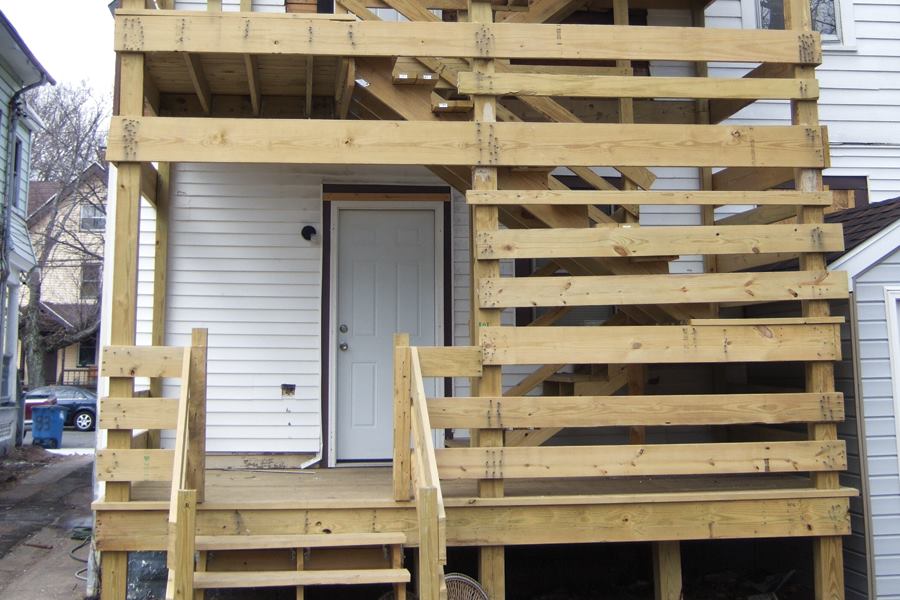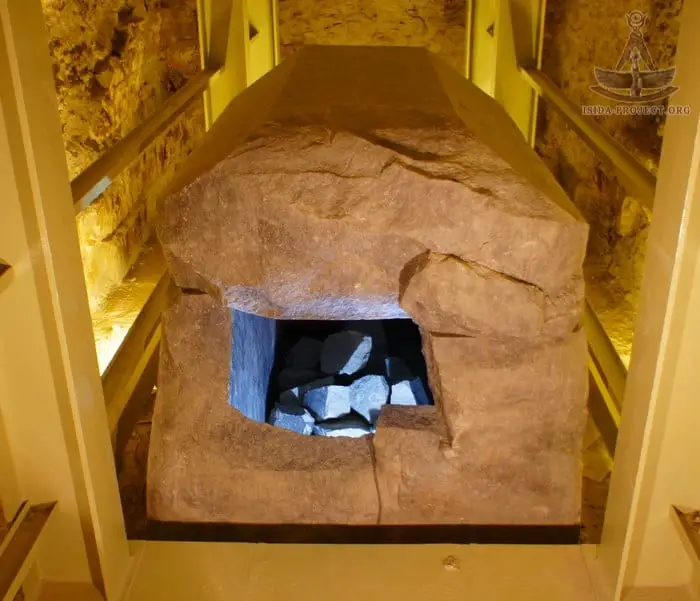Лекции и статьи Read the text to get a clear idea of building materials and construction technologies for piers and foundations. Go down the word list and take note of professional terminology.
Количество просмотров публикации Read the text to get a clear idea of building materials and construction technologies for piers and foundations. Go down the word list and take note of professional terminology. - 33
| Наименование параметра | Значение |
| Тема статьи: | Read the text to get a clear idea of building materials and construction technologies for piers and foundations. Go down the word list and take note of professional terminology. |
| Рубрика (тематическая категория) | Лекции и статьи |
- Piers Morgan returned to the Good Morning Britain studio today for the first time since quitting the show. The former-host posted on social media to say 'goodbye' as he cleared out his office.
- The final nail is being driven in Pier 1's wicker casket: It's on the verge of completely shutting down three months after it filed for bankruptcy.
The first thing about discovering how to build a deck is to comprehend the elements and terminology of what enters into a deck. Obviously the first thing is to have some deck ideas of what you want.
Bridge engineers design and calculate their structures so that the bridge can safely withstand the dead weight; the live load produced by vehicles moving across the bridge; changes in temperature, precipitation, and winds; and, finally, environmental factors including sudden gusts of wind and earthquakes known as the dynamic load.
Figure 13.1 Diagram of Piers and Foundations (cхема опор и фундаментов)
a – Cast-in-situ Pier (монолитная опора); b – Precast Pier (сборная опора);
c – Composite Pier (сборно-монолитная опора); d – Foundation on Natural Bed (фундамент на естественном основании); e – Piled Foundation (свайный фундамент);
f – Coffer (опускнои̌ колодец); g - Caisson Foundation (кессонный фундамент)
1 – Casing (опалубка); 2 – Concrete Feeding (подача бетона);
3 – Poured Concrete (уложенный бетон); 4 – Footing;
5 – Abutment Blocks (блоки устоя); 6 - Footing; 7 – Pile (свая);

8 – Composite Pier (сборно-монолитная опора);
9 – Concrete Grouting Layer (тампонажный слой бетона);
10 – Sheet Piling (шпунтовое ограждение); 11 – Pile Foundation (свайный фундамент);
12 – Grillage (ростверк); 13 – Coffer (опускнои̌ колодец); 14 – Caisson (кессон)
In most cases, bridge piers are made of concrete and/or reinforced concrete. Steel piers may support flyovers and trestle bridges but not frequently.
The classification of concrete piers includes three groups according to construction technology:
1. Cast-in-situpiers (fig. 13.1a; 13.2). The concrete is placed against the casing in situ. The casing determines the pier shapes and dimensions.
2. Precast piers (fig. 13.1b). The piers are made of prefabricated concrete blocks.
3. Composite piers (fig. 13.1c). These piers, built from the precast concrete units and in situ concrete, are used on a large scale.
| a – Adaptable Falsework for Pier Geometry | b – Falsework used to support a structure during the construction of piers |
| c - Concrete is being conveyed into the casing in situ | d – Falsework and cast formwork for placing concrete built on precast concrete segments (Подмости и опалубка для бетонирования, установленные на сборных блоках) |
Figure 13.2 Technologies of Bridge Pier Construction using adaptable casing and falsework
Bridge builders construct concrete arches in situ using temporary supporting casing. After the construction of abutments and piers, they provide a metal or wooden arch falsework, which holds the poured concrete, and later the workers remove it. For steel arches, they employ a cantilevering method. Each side of an arch is built out toward the other, supported by temporary cables until the ends meet. At this point, the arch becomes self-supporting, and the workers remove the cables or arch falsework.
To build foundations for bridge piers in a river, workers need a water-free environment for excavating trenches. They sink caissons filled with compressed air into the riverbed and work inside them. Caissons are large hollow timber, steel or concrete watertight boxes or cylinders with sharp bottom edges. When these structures reach the river bottom, the workers dig out sand and other bottom silt until they come to bedrock. The caissons, moving downward during the digging, finally rest on bedrock, and the workers fill them with concrete. Having poured concrete into the caissons the workers can build the lowest section of piers. In case of suspension bridges, towers are built atop the caissons.
| a - Construction of Pier Footing | b - Precast concrete pier boxes for footings (Опалубка из сборных блоков для сооружения фундамента опоры) |
- The elements of bridge design
- Basic forms
- Materials
- Construction
- Performance in service
- The history of bridge design
- Early wood and stone bridges
- The ancient world
- The Renaissance and after
- Iron and steel bridges, 1779–1929
- Iron
- Steel
- Concrete bridges
- Reinforced concrete
- Prestressed concrete
- Steel bridges after 1931
- Long-span suspension bridges
- Cable-stayed bridges
- Asian long-span bridges and viaducts
- China
- Japan
- Early wood and stone bridges
Concrete is an artificial stone made from a mixture of water, sand, gravel, and a binder such as cement. Like stone, it is strong in compression and weak in tension. Concrete with steel bars embedded in it is called reinforced concrete. Reinforcement allows for less concrete to be used because the steel carries all the tension; also, the concrete protects the steel from corrosion and fire.

Built In Post Boxes For Piers At Home Depot
Prestressed concrete is an important variation of reinforced concrete. A typical process, called post-tensioned prestressing, involves casting concrete beams with longitudinal holes for steel tendons—cables or bars—like reinforced concrete, but the holes for the tendons are curved upward from end to end, and the tendons, once fitted inside, are stretched and then anchored at the ends. The tendons, now under high tension, pull the two anchored ends together, putting the beam into compression. In addition, the curved tendons exert an upward force, and the designer can make this upward force counteract much of the downward load expected to be carried by the beam. Prestressed concrete reduces the amount of steel and concrete needed in a structure, leading to lighter designs that are often less expensive than designs of reinforced concrete.
Construction
Built In Post Boxes For Piers For Sale
Beam bridges
All bridges need to be secure at the foundations and abutments. In the case of a typical overpass beam bridge with one support in the middle, construction begins with the casting of concrete footings for the pier and abutments. Where the soil is especially weak, wooden or steel piles are driven to support the footings. After the concrete piers and abutments have hardened sufficiently, the erection of a concrete or steel superstructure begins. Steel beams are generally made in a factory, shipped to the site, and set in place by cranes. For short spans, steel beams are usually formed as a single unit. At the site, they are placed parallel to each other, with temporary forms between them so that a concrete deck can be cast on top. The beams usually have metal pieces welded on their top flanges, around which the concrete is poured. These pieces provide a connection between beam and slab, thus producing a composite structure.
For longer spans, steel beams are made in the form of plate girders. A plate girder is an I beam consisting of separate top and bottom flanges welded or bolted to a vertical web. While beams for short spans are usually of a constant depth, beams for longer spans are often haunched—that is, deeper at the supports and shallower at mid-span. Haunching stiffens the beam at the supports, thereby reducing bending at mid-span.
Arch bridges

Arches are normally fabricated on-site. After the building of abutments (and piers, if the bridge is multiarch), a falsework is constructed. For a concrete arch, metal or wooden falsework and forms hold the cast concrete and are later removed. For steel arches, a cantilevering method is standard. Each side of an arch is built out toward the other, supported by temporary cables above or by falsework below until the ends meet. At this point the arch becomes self-supporting, and the cables or falsework are removed.
Mail Boxes
Suspension bridges
Built In Post Boxes For Piers Near Me
When bridges requiring piers are built over a body of water, foundations are made by sinking caissons into the riverbed and filling them with concrete. Caissons are large boxes or cylinders that have been made from wood, metal, or concrete. In the case of suspension bridges, towers are built atop the caissons. The first suspension-bridge towers were stone, but now they are either steel or concrete. Next, the anchorages are built on both ends, usually of reinforced concrete with embedded steel eyebars to which the cables will be fastened. An eyebar is a length of metal with a hole (or “eye”) at the ends. Cables for the first suspension bridges were made of linked wrought-iron eyebars; now, however, cables are generally made of thousands of steel wires spun together at the construction site. Spinning is done by rope pulleys that carry each wire across the top of the towers to the opposite anchorage and back. The wires are then bundled and covered to prevent corrosion. When the cables are complete, suspenders are hung, and finally the deck is erected—usually by floating deck sections out on ships, hoisting them with cranes, and securing them to the suspenders.
